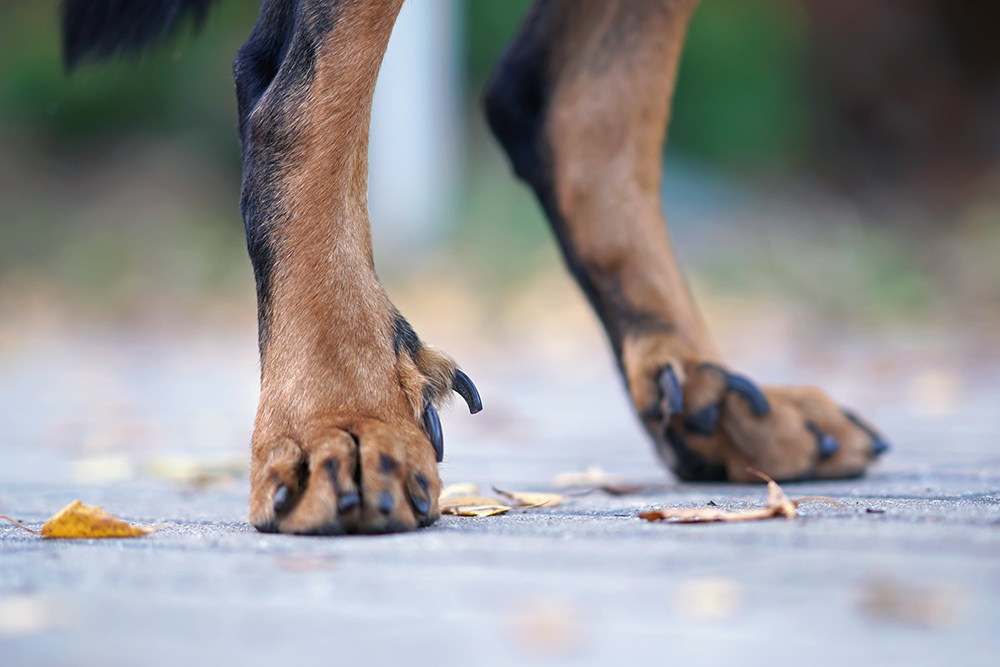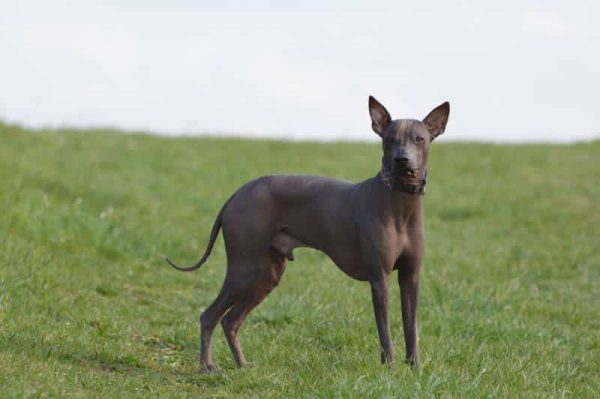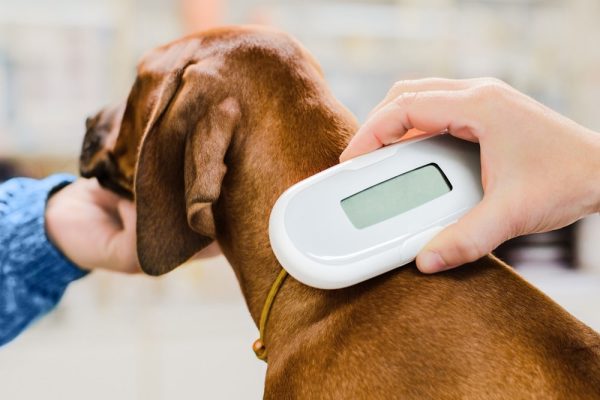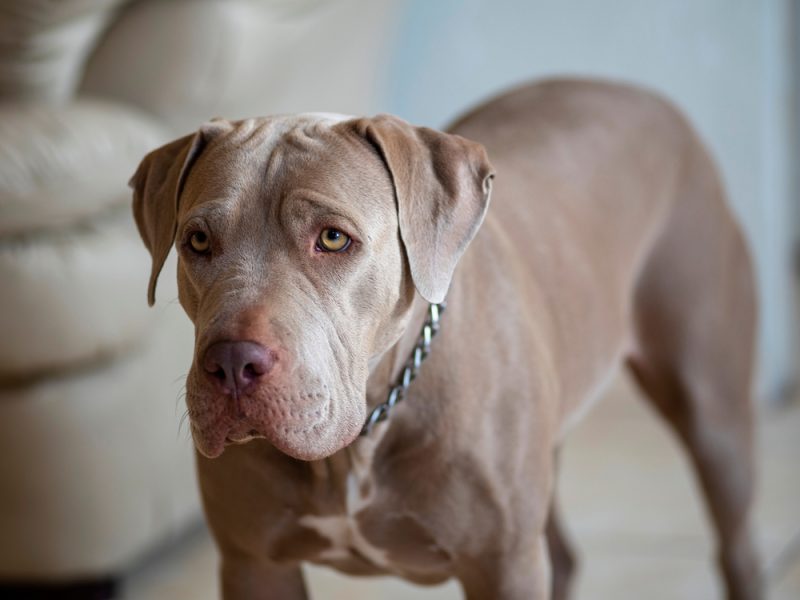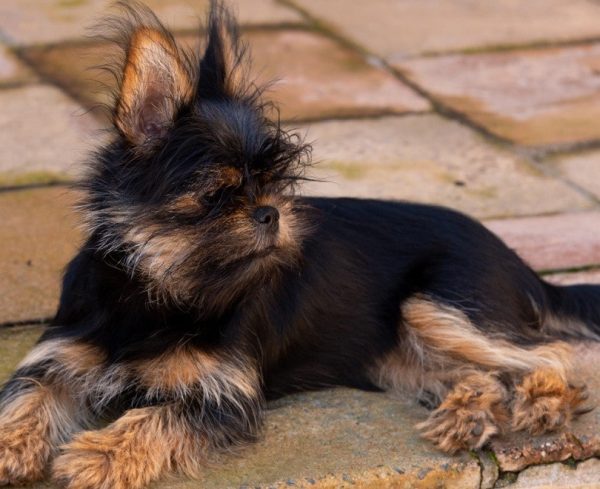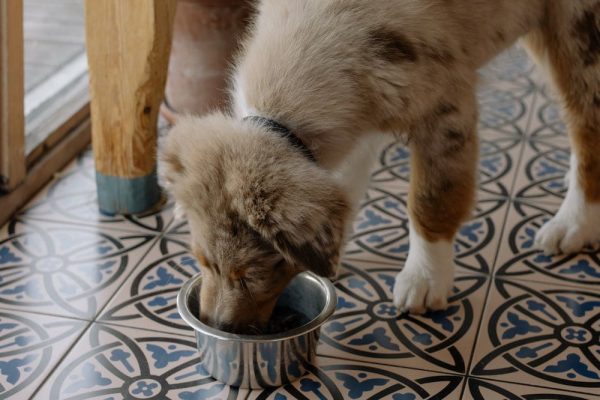In this article
View 3 More +You probably play with your dog’s feet often (who can resist those adorable toe beans?), but have you ever paid attention to how many nails your pup has on each foot? Most likely, your dog has five nails on their front feet and four on their back feet (although this doesn’t apply to every breed). That extra nail you find on the inside of a dog’s front foot is known as the dewclaw.
What exactly is a dewclaw, though, and does it serve a purpose? Should you remove your dog’s dewclaws? In most cases, the answer to that question is a resounding no. There are rare instances where dewclaw removal may be necessary, but most of the time, it’s simply a painful procedure to put a dog through for no good reason.

What Exactly Are Dewclaws?
What exactly are dewclaws? Basically, they correspond in position to our thumbs (front dew claws) or big toes (hind dew claws) but do not have quite the same mobility or functions.
Wait, do dogs have dewclaws on their back feet, too? Some dogs do, but this isn’t true for all breeds. A hind dewclaw is a genetic variation that naturally occurs in some canines; even rarer than having a hind dewclaw is having double hind dewclaws! Some breeds known for having double hind dewclaws are the Great Pyrenees and Icelandic Sheepdog.
There’s also a significant difference between front and hind dewclaws, mainly in the way they’re attached to a dog’s body. The front dewclaw will be firmly connected to the leg by ligaments and bones. However, hind dewclaws are often attached merely by skin.
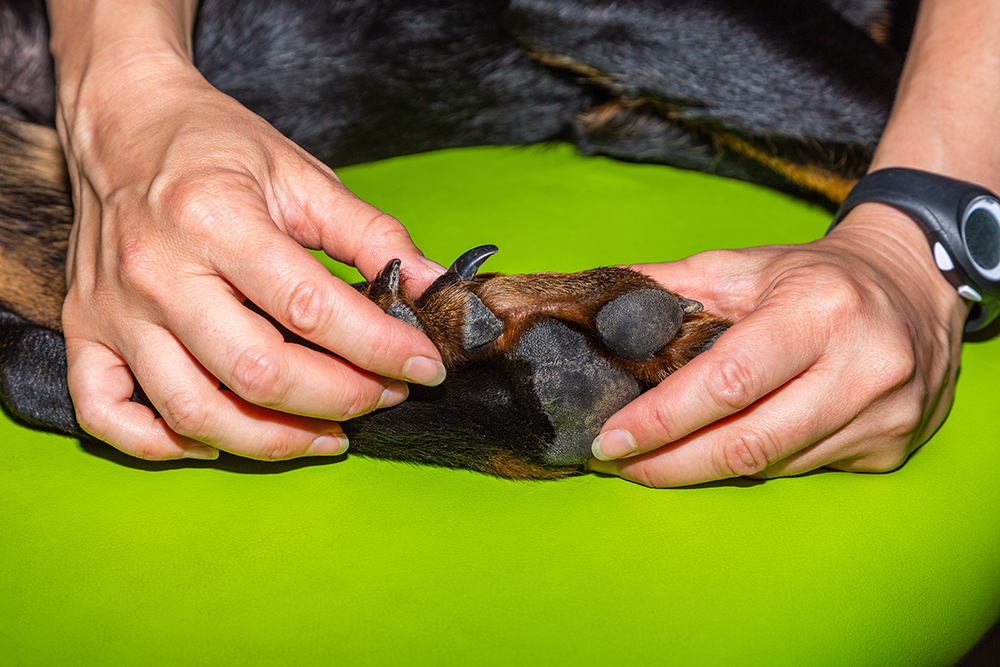
Do Dewclaws Have a Purpose?
Some believe that dewclaws don’t serve a purpose, but they serve several (at least, the front dewclaws do). While the front dewclaw doesn’t always touch the ground, when a dog moves quickly, these do tend to make contact with the ground, which helps provide extra traction, making it less likely for a dog to slip and fall. Dewclaws also help stabilize the joints of a dog’s wrist when they’re speeding along.
What other ways do dewclaws help our canine pals? They help our pups hold onto toys better during play, let dogs maintain a better grip on items they are chewing on, help them climb trees, and aid them in getting out of water.
What about hind dewclaws, then? Do they have a purpose? That’s less clear. Because these dewclaws are usually only connected to a dog’s leg by some skin, most think they don’t serve much purpose. However, in some breeds, like the Great Pyrenees, the theory is these hind dewclaws may have served as a brake and helped increase grip and traction when they were navigating mountainous terrain.
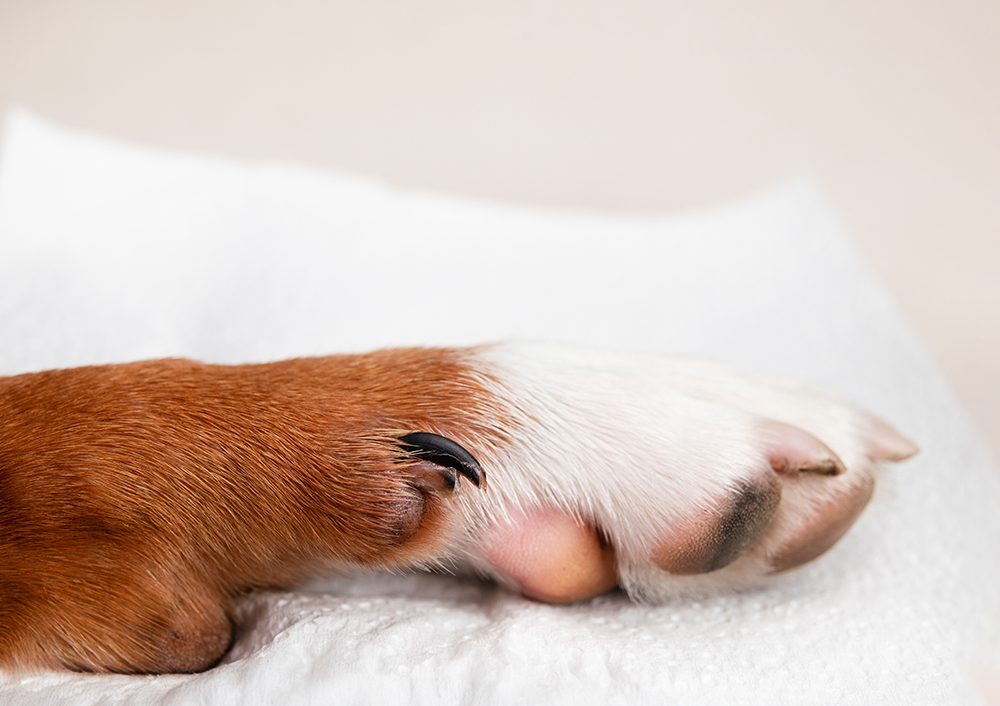
Should I Remove My Dog’s Dewclaws?
So, if front dewclaws serve a purpose for your pup, should you remove them? No! At least, not unless there is a medical reason for it, such as a severe injury to the dewclaw or the development of a disease, such as a cancerous tumor, on the dewclaw. Only in cases such as these under veterinary advice would the removal of a dewclaw be something that would be in a canine’s best interest. Otherwise, you’re just putting a dog through an amputation surgery that is unnecessary.
What about hind dewclaws? Should I remove those if my dog has them? Occasionally, a veterinarian will recommend the removal of hind dewclaws to help prevent any injury to a dog. This is normally the case if they are only attached by the skin and have a tendency to dangle and get caught.
If you have a dog and haven’t noticed a front dewclaw, they may have been removed as a puppy. Certain breeds may have their front dewclaws removed while at the breeders primarily to “improve” how the dogs look in the show ring. This dewclaw removal is usually done within days of puppies being born.
Before taking any decision, we recommend you speak with a vet.
How Do I Care for Dewclaws?
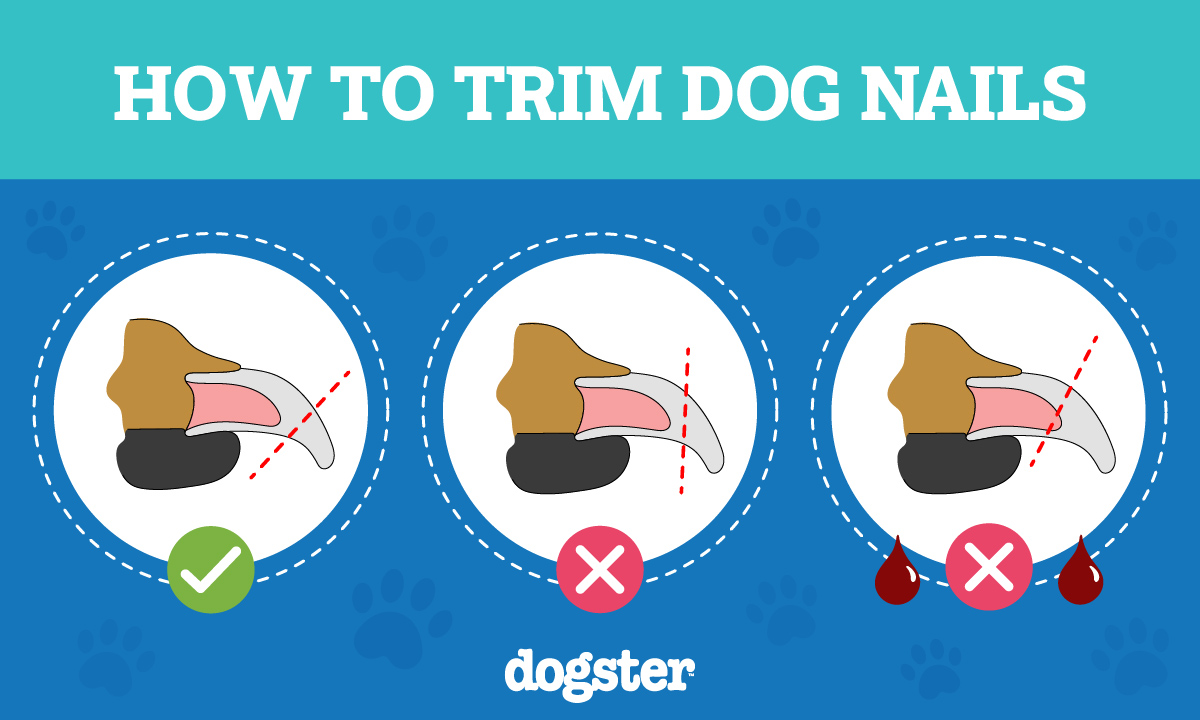
If your pup still has their dewclaw, you should know how to care for it. The good news is that nothing special needs to be done with the dewclaw; it should be cared for just like the rest of your dog’s nails. This means the dewclaw should be trimmed regularly along with your pet’s other nails. However, keep an eye on the length of the dewclaw as these do tend to stay a bit longer than the other nails due to how they don’t often come into contact with the ground (meaning they don’t get worn down as quickly). The dewclaw may require trimming more frequently than the other nails on your dog’s feet and hind dew claws especially can have a tendency to curl round if not kept short.
Also, periodically check the dewclaw for signs of injury, infection, splits, or tears. While these sorts of things are rare, if they do occur, they could become quite painful for your pup!

Final Thoughts
There is usually absolutely no need to remove a dog’s dewclaws! Dewclaws may seem as if they serve no function, but they actually help your pup do a number of things. Plus, front dewclaws are attached to the leg via ligaments and bones, so removing them requires amputation.
Things are a bit less clear when it comes to hind dewclaws. Though these are rare in dogs, they can occur, and whether they serve a purpose for most is unclear. That said, there is generally no reason to remove hind dewclaws unless they keep getting caught and injured, or are affected by disease.
Featured Image Credit: Eudyptula, Shutterstock
